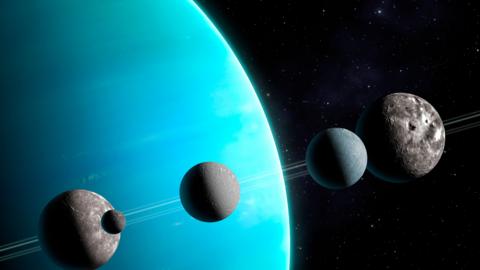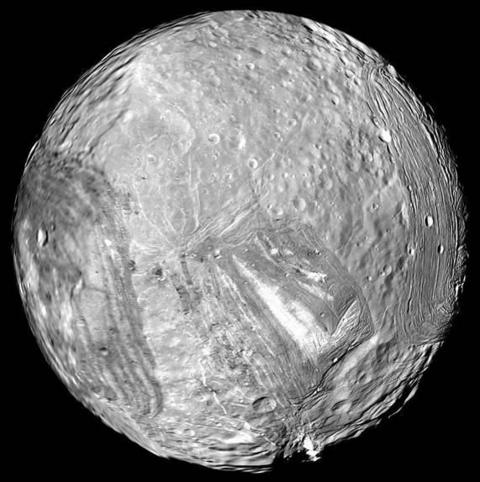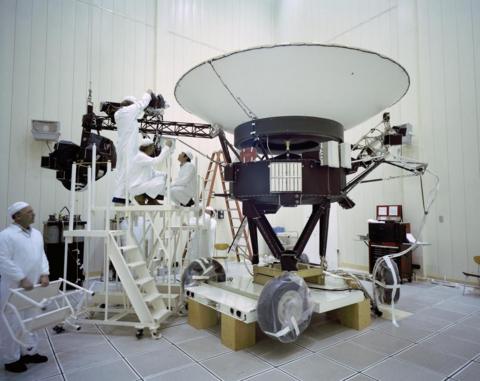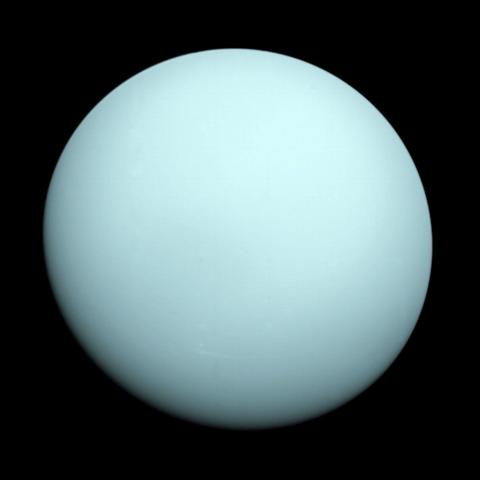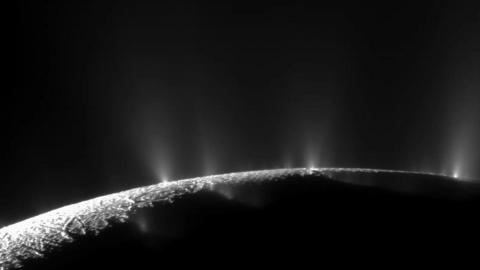The planet Uranus and its five biggest moons may not be the dead sterile worlds that scientists have long thought.
Instead, they may have oceans, and the moons may even be capable of supporting life, scientists say.
Much of what we know about them was gathered by Nasa’s Voyager 2 spacecraft which visited nearly 40 years ago.
But a new analysis shows that Voyager's visit coincided with a powerful solar storm, which led to a misleading idea of what the Uranian system is really like.
Uranus is a beautiful, icy ringed world in the outer reaches of our solar system. It is among the coldest of all the planets. It is also tilted on its side compared to all the other worlds – as if it had been knocked over – making it arguably the weirdest.
